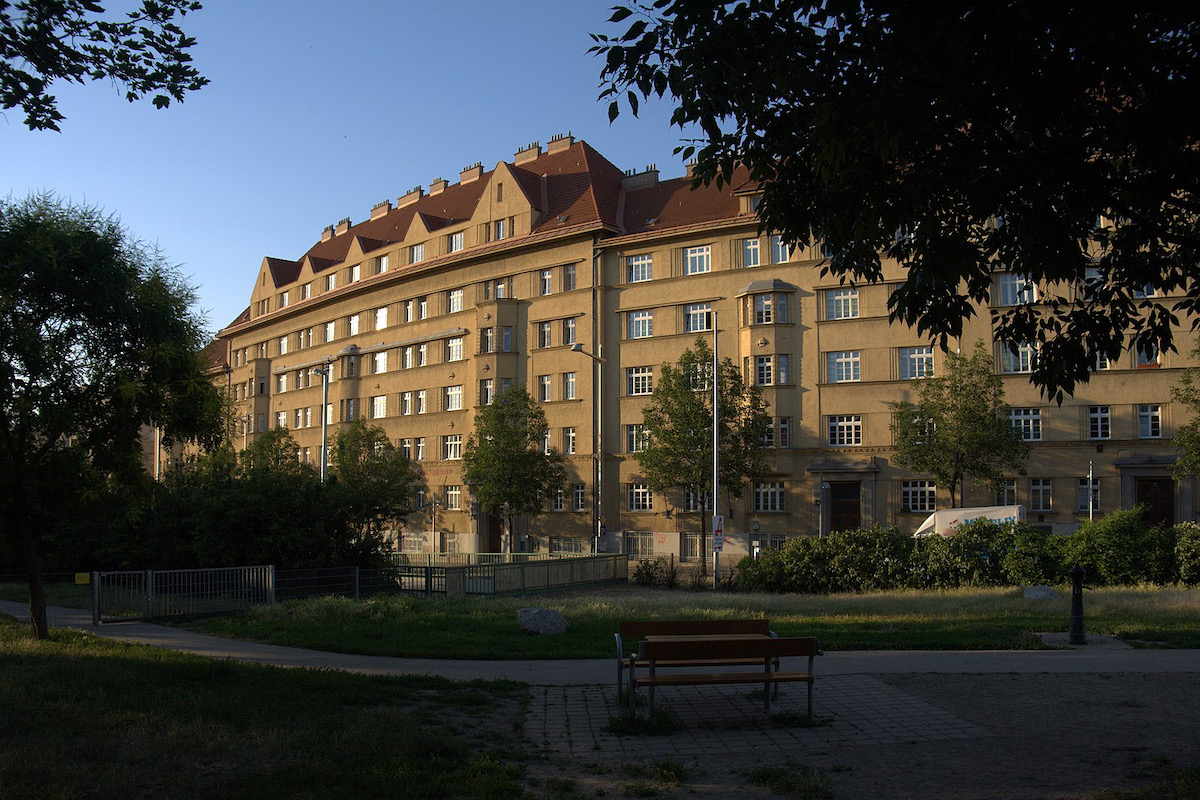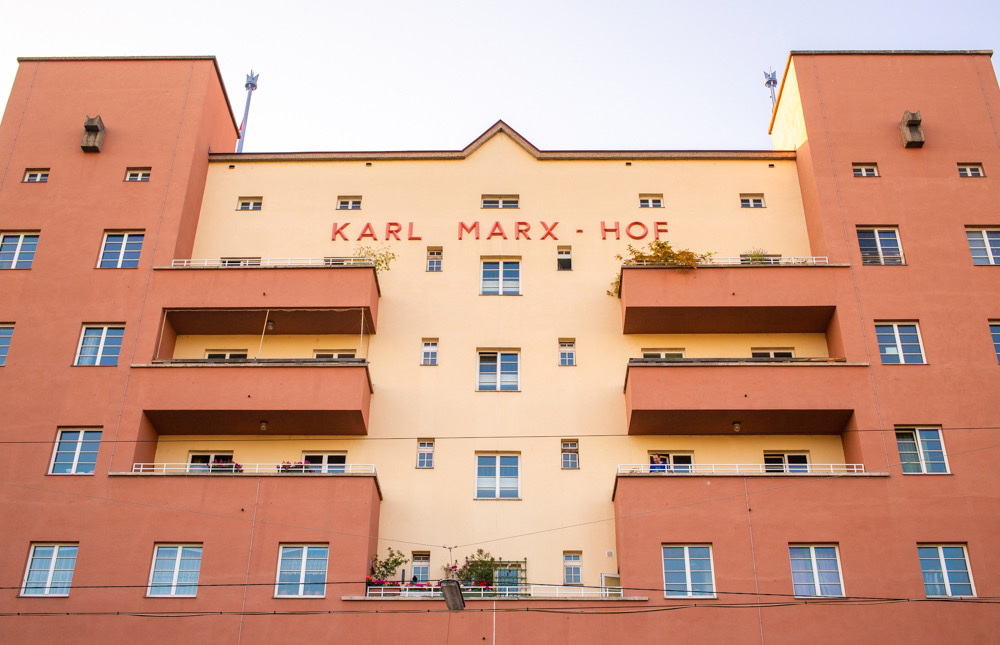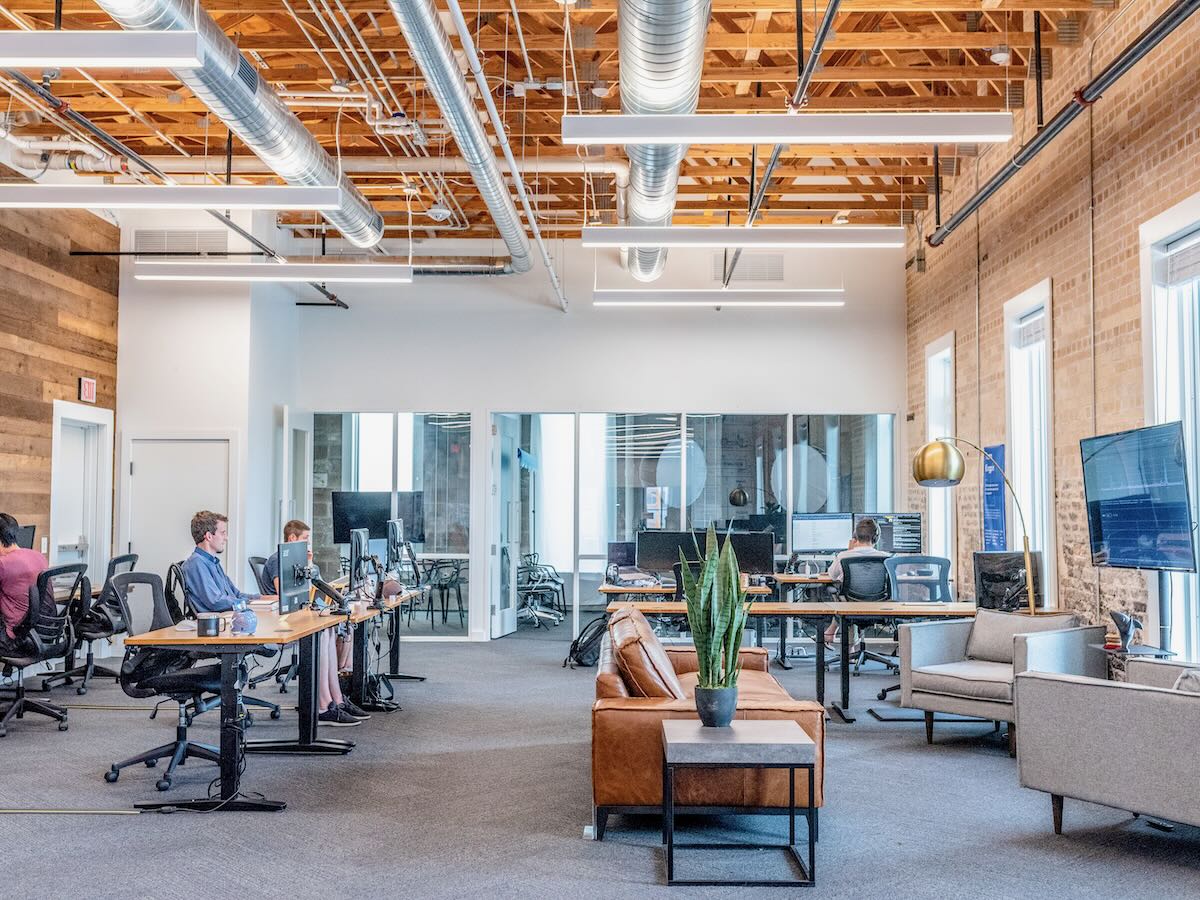Vienna, Issue 43

In December 2019, we spent two weeks in Vienna. We wanted to visit its famous Christmas markets. Also, I had to see what made Vienna the world’s most livable city. Vienna has now topped Mercer’s Quality of City Living Index for ten years in a row. It is also a perennial leader in both Monocle Magazine and The Economist livability indexes.
It took us just sixteen minutes from airport to downtown on the very clean City Airport Train(“CAT”). We arrived at a U-Bahn (subway) and S-Bahn (local train) transport hub. For all of our stay, we went everywhere by public transit or on foot. It was clean, convenient, safe, and quick. The transport hub was very close to the apartment we had rented. So, we checked our bags in convenient lockers at the CAT terminus. The service is complimentary with the ticket.
This left us free to start exploring our nearby neighbourhood. Our apartment was five minutes from St. Stephens Cathedral. Transit hub to cathedral to busy pedestrian streets, we saw little of the visible homelessness that plagues North American cities. Viennese made up the vast majority of people everywhere. They strolled the streets enjoying their city, frequenting the restaurants and bars, and visiting the Christmas markets. Everyone seemed to have money to spend. So, we thought that average incomes must be high. It was only later that I discovered that affordable housing was the core cause of available discretionary income. The city of Vienna owns or controls 48% of the urban housing stock. As a consequence, rents are much lower and disposable income, net of housing costs, much higher.
The origins of social housing in Vienna

The so-named Red Vienna era started at the end of the World War 1, the time of Austria’s First Republic. It ended in 1938 with Nazi Germany’s annexation of Austria. However, between 1923 and 1934, the City’s government built 66,402 social housing units. Perimeter block development was the predominant format in that era. The properties feature large gateways and interior courtyards. Also, many have shops, swimming pools, and kindergartens. These well-maintained properties remain part of Vienna’s residential inventory.
Vienna re-started its housing program two years after the end of World War 2. It continues to add 4300 new units to its inventory every year. Toronto, a city twice the size of Vienna, has 60,000 social housing units and considers a plan to add 4000 units a year for 10 years ambitious. However, this will not do very much for the 81,000 families waiting for subsidized housing. New York City has 175,000 social housing units, only 41% of the Vienna inventory in a city more than five times the size.
| Municipal Housing Units Owned | 220,000 |
| Municipally Controlled Housing Units through Limited Profit Developers (LPDs) | 200,000 |
| Total Municipally Owned and Controlled Housing Units | 420,000 |
| Approximate Percentage of Housing Stock Owned or Controlled | 48% |
| Percentage of Vienna’s population in Owned / Controlled Housing | 60% |
| Average rents | C$750 pm |
| Targeted rental rates as a percentage of income, municipally owned and controlled | =/< 20 to 25% |
| Average rents as a percentage of income overall | 27% |
| Units added annually | 4,300 |
| Annual budget – social housing for new units and for refurbishment | C$877 million |
The Role of Limited Profit Developers
Vienna introduced the limited-profit developer program in the 1980s. These privately owned developers collaborate with municipal government to develop new social housing.
The Process:
- City assembles and buys land and then,
- Solicits proposals from Limited Profit Developers. These are evaluated on the basis of:
- Architectural quality
- Environmental performance
- Social sustainability
- Economic parameters
- Successful proponents buy the relevant land assembly from the city at an affordable price
- City grants loans for both the land purchase and vertical build at low interest rates and for extended terms
Additional Guidelines

The City of Vienna requires that 50% of the residential units must be leased to lower income tenants. Generally, the remaining units are leased to moderate income earners. In Wohnpark Neue Donau there is everything from subsidized rental to free market penthouses. The Austrian Federation of Limited-Profit Housing Associations (GBV) has oversight responsibility. It performs compulsory Limited Profit Housing Act audits to ensure LPD adherence to guidelines and comparative performance.
High income, middle-income, low-income people live in the same places. As such, addresses do not predict the income, race, or religion. Racial and income ghettos are avoided.
The World’s most livable city
Both The Economist and Monocle Magazine rate Vienna as the worlds most livable city. There are many elements that contribute to its ranking:
- Excellent international connectivity
- A stable and growing economy
- Quality public transit
- International rail service
However, its affordable housing strategy contributes most to Vienna’s top placement on “quality of life” rankings. Successive generations have continued to support a policy of good, secure housing at a reasonable price as a basic human right. The Viennese believe that a populace un-fettered by housing fears and costs will be better educated, more creative, more industrious, and community minded. There will be more money to spend in the local economy. It is hard to argue with success. Ten years at the top of Mercer’s Quality of Living Index is a measure of that success.
The usual reminders:
- Buy better, buy less, reduce, repair, reuse and recycle
- Shop local, support local businesses, buy from local farms, and support local artisans and manufacturers
- Wear face masks where required, wash your hands, practice social distancing, hydrate, and exercise
- Cancel Facebook and Instagram!





